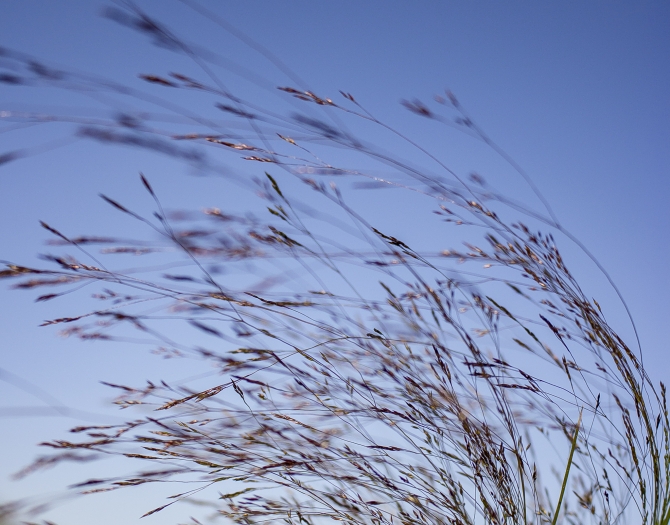Winter Bentgrass
(Agrostis hyemalis)
Winter Bentgrass (Agrostis hyemalis)
/
/

aarongunnar
CC BY 4.0















































Estimated Native Range
Summary
Winter Bentgrass is valued for its ability to thrive in wet conditions and is often used for erosion control along stream banks and in naturalized areas. It is also appreciated for its winter interest in the landscape, as the dried foliage and seed heads provide visual appeal during the colder months. In cultivation, it requires full sun to part shade and prefers consistently moist to wet soils with medium to slow drainage. While it is not typically grown for ornamental purposes, it can be used in rain gardens or as a low-maintenance ground cover in appropriate settings. Care should be taken as it can self-seed and spread, potentially becoming weedy in favorable conditions.CC BY-SA 4.0
Plant Description
- Plant Type: Grass
- Height: 2-3 feet
- Width: 0.667-1 feet
- Growth Rate: Moderate
- Flower Color: N/A
- Flowering Season: Spring, Summer
- Leaf Retention: Deciduous
Growth Requirements
- Sun: Full Sun
- Water: High
- Drainage: Medium, Slow
Common Uses
Bank Stabilization, Border Plant, Deer Resistant, Erosion Control, Low Maintenance
Natural Habitat
native to moist meadows, wetlands, and riparian areas across the Eastern United States, the Caribbean, Mexico, Peru, the Russian Far East, and Eastern Asia
Other Names
Common Names: Tickle Grass, Hair Grass, Small Bent, Hairgrass, Ticklegrass, Winter Bent, Winter Bentgrass, Winter-Straußgras, Agrostide D’Hiver, Klein Struisgras
Scientific Names: , Agrostis nutkaensis, Agrostis hyemalis, Agrostis hyemalis var. hyemalis, Agrostis geminata, Agrostis scabra var. geminata, Agrostis hyemalis var. geminata, Agrostis antecedens, Agrostis scabra f. tuckermanii, Agrostis aphanes
GBIF Accepted Name: Agrostis hyemalis (Walter) Britton, Sterns & Poggenb.